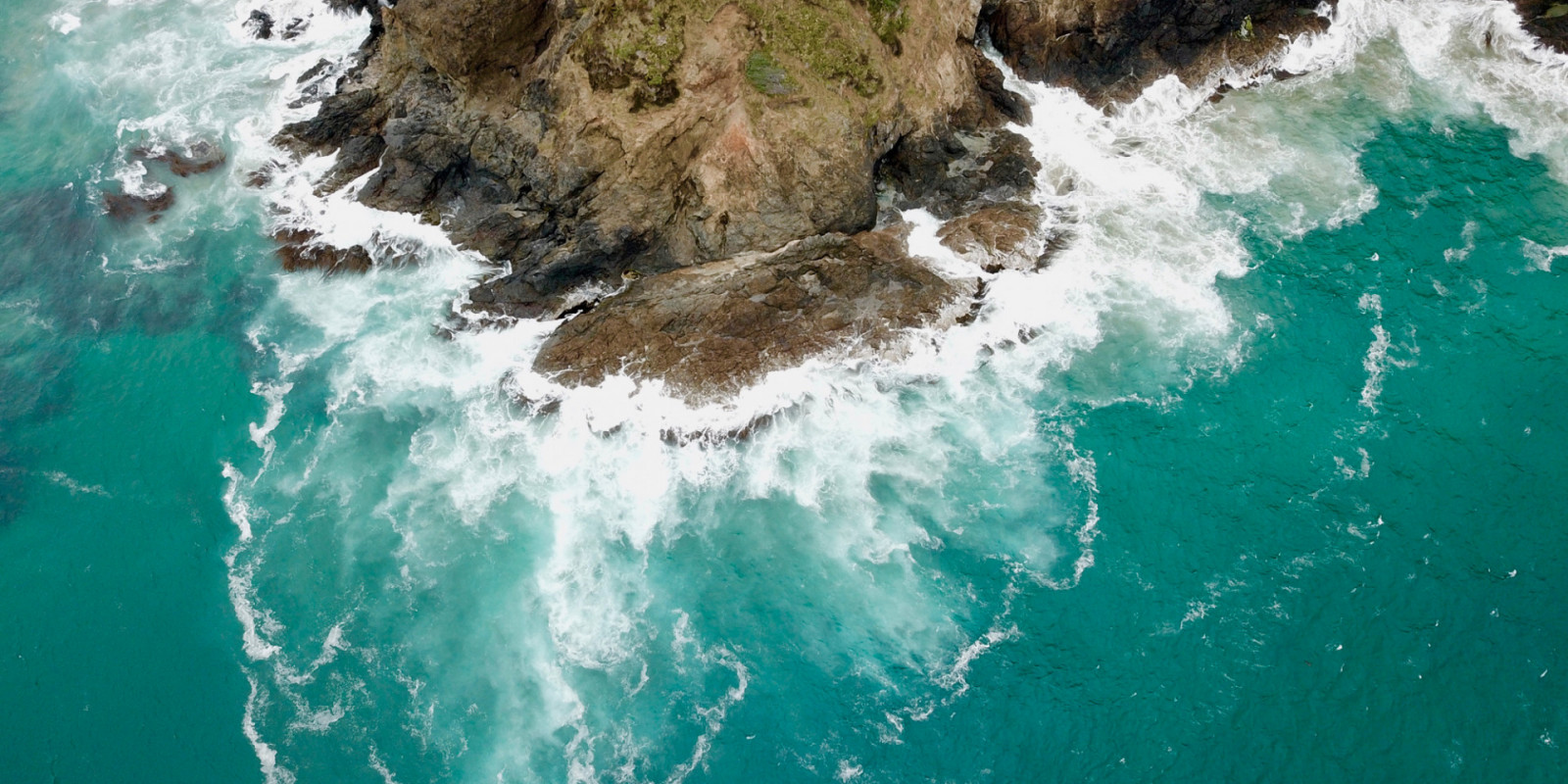- Summary
Aquaculture: Tools, resources and research
This is a research round-up of our tools, resources and research that are relevant to aquaculture. It is a living document, and more tools, resources and research projects will be added as they are developed. Date: 22 July 2021
Download/view FULL PDF (RECOMMENDED)
The following tools, resources and research projects were developed with stakeholders and Māori partners.
Some tools or resources are available to use now, others may require further development by users. Upcoming research - projects currently underway - are linked at the end of this page.
Available now
Digital tools
- Real-time forecasting tool - Aquaculture farmers can use the tool to help manage shellfish harvest and minimise the number of days unnecessarily closed to harvest. Currently only applicable to Tasman and Golden Bay. Costs to maintain this is estimated between $5-7,000 per month (depending on the extra features). Sampling costs are not included. With some further validation and testing this model could replace existing harvest rules. For more information contact Ben Knight, Cawthron.
- Ocean Plastic Simulator - The aquaculture industry could use the particle tracking model behind this digital tool to track or predict larvae, spat, or lost equipment, and track the spread of disease or invasive species between farms.
Summary
- Social licence to operate language - This poster summarises the types of verbs that should be considered when discussing social licence to empower communities and build the genuine relationships required for social licence.
Guidance
- Ingredients tool - If an aquaculture company is planning to expand operations, set up a new farm, or to improve community relationships, this can be used to structure discussions and encourage deep conversations.
- Aotearoa Cumulative Effects framework - A tool to help planners and agencies collaboratively manage
cumulative effects across a range of scales (spatial and temporal), developed in partnership with Aquaculture New Zealand, government agencies and community representatives.
Model
- Ecosystem models - We developed a suite of ecosystem models to explore the implications of a range of environmental or management scenarios in Tasman and Golden Bays.
Report
-
Mitigating ocean acidification around mussel farm - Two strategies – waste shell and aeration – were tested in field experiments to see how effective they are at mitigating acidification around mussel farms.
Maps
- Ecosystem services maps - Biogenic refuge habitats in Hauraki Gulf, Queen Charlotte Sound, and Tasman Bay, Golden Bay and Marlborough Sounds.
Project
- Detecting harmful algal blooms - Our aim was to develop simple, cost-effective sensitive tests that could be used by public health agencies, communities and the aquaculture industry to detect and monitor harmful algal blooms.
Webinars
- Tracking ocean plastic
- Measuring and mapping ecosystem services
- Which ecosystem model works best for what you need?
- Detecting and forecasting coastal contamination
Video
Upcoming research
The projects listed below under 'Related projects' are doing research directly related to aquaculture. Visit the project pages for more information including expected outputs and timelines.
